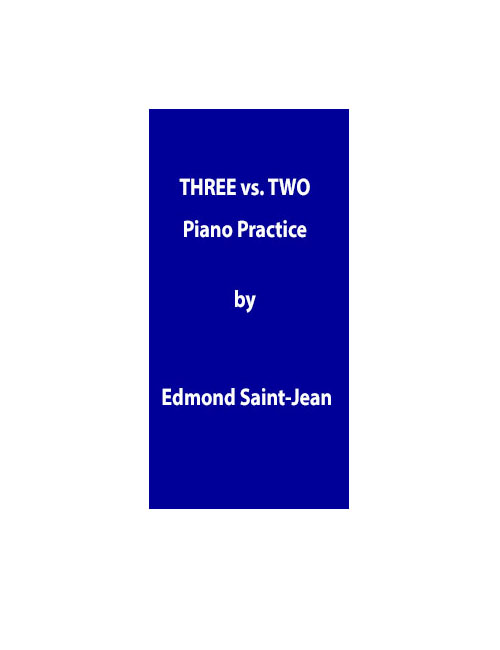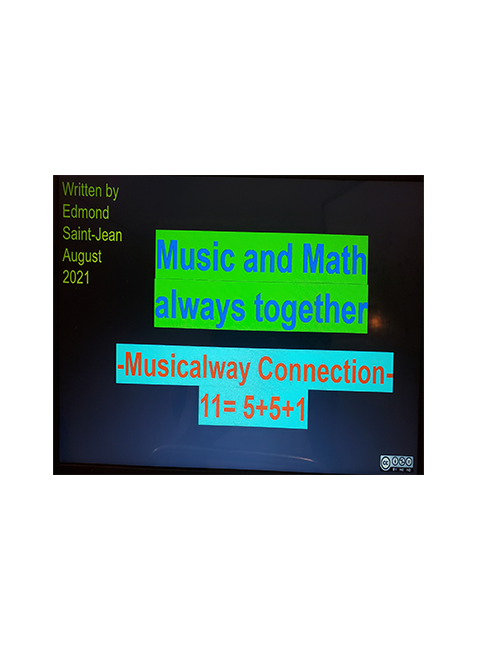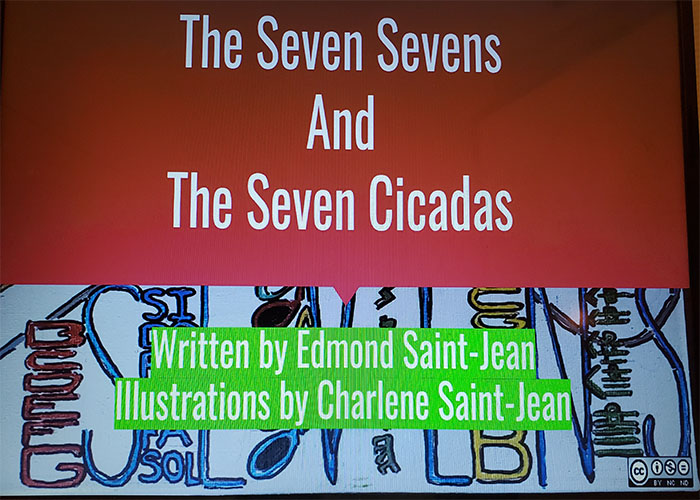Playing the guitar is a straight forward matter. Study the tablature, learn the finger positions, know what chords are generated then strum by following the patterns you have been instructed to use. However, you have to be flexible in your learning process. The guitar strings are read from right to left. Descriptively from the smallest on the right to the biggest string on the left. It reads 6, 5, 4, 3, 2, 1.
“It takes a unique mind with relevant skills to look at a written manuscript/music score and perform it subjectively within the guidelines written by the composer.” Edmond Saint-Jean
The tablature is made of frets and each fret is half a tone apart. There are 6 strings and each string is separated by a set number of steps called intervals. The intervals determine the direction of the melody that can the same, going up, or going down. The shape of the melody is called the melodic contour. The melody can also follow various patterns that can be ascending or descending.
The Guitar Tablature and Sight-Reading
Sight-reading the guitar tablature is as amazing as looking through a labyrinth made of lines, spaces, and rectangles. The vertical lines are the 6 strings that are unusually read from right to left. 654321 – E A D G B E. The intervals between these strings are a follow from right to left: E-A= P4, A-D=P4; D-G=P4; G-B= M3; B-E=P4. This is an awkward way to determine the intervals by counting from right to left.
The tablature can also be called a stringboard when compared to the piano which is made of a keyboard. The size of the string also determine the range of the pitch. The first string E is 2 octaves higher than the sixth string, E. When the string is played without being pressed down it is called opened string. Opened sixth string in two octaves lower than the opened string one.
Sight reading the guitar’s tablature the Musicalway.
More upcoming details about the use of the fingerings on the tablature. The left hand uses 4 fingers on 4 frets, while the thumb hold the back of the neck. The index is the first finger. It is used on the first fret. The index on the first string and the first fret belongs to two chords, the D minor and the G Major. The second and third are in the second fret. On the treble clef the first finger on the first string of on the fifth line is F.
When the first finger is on the 2nd string of the first fret, the note on the treble staff is C. The C belongs to the A minor chord while the 2 other notes of the chords are in the second fret. F major chord has the C in fret one. Another note of the chord is in the first fret and another note is in fret two.
Sight-reading and guitar performance
Sight-reading of the tablature this time has to do with the first finger, index finger, on the 3rd string of the first fret, named G sharp (#) which is part of the E Major. The other 2 notes of the chord are in the second fret. E7 also use the same finger position. This is the practical Musicalway to describe the chord, identify finger position, and read the notes on the treble staff. G sharp (#) is on the second line of the treble staff.
Now we have one more finger position on the fourth string of the first fret. D# and the other 3 notes of the B7 chord are in the second fret. The D sharp (#) is on the fourth line of the treble staff. The description of chords will enhance the knowledge, understanding, of chord progressions one note at a time.
Guitar tablature and sight-reading the Musicalway.
Musicalway is the hand on approach that that prioritize the visual approach to practice instead of relying solely on and rote learning. Drawing the tablature of the guitar with the proper order of the strings, along with the identification of the notes on the frets reflected on the treble staff in order to build the unique aspect of music literacy.





Leave A Comment
You must be logged in to post a comment.